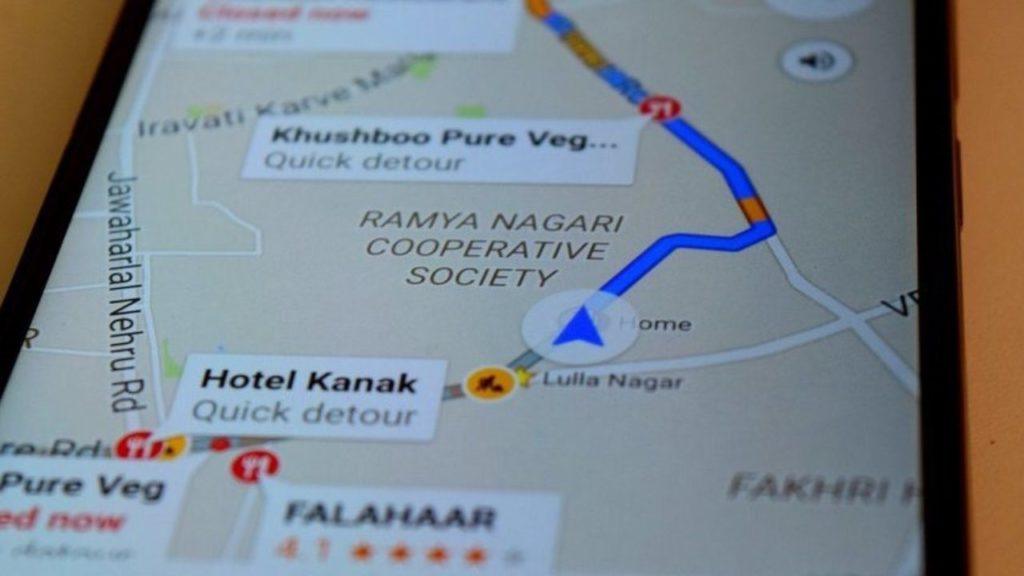Google Maps Will Auto-Translate Places In These 10 Regional Languages: Full List, Features, USPs

Google’s newest blog has announced the addition of 10 new languages to the Google Maps application on their phones.
Read on to find out which languages have been introduced in Google Maps now!
Google Maps Introduces Automatic Transliteration
As much as 75% of the population of India interacts with the internet through their native language. The next five years are expected to increase this number to 90%. As per the blog by Google, some users are unable to find their destinations on Maps in their native language.
To address this issue, Google Maps is introducing automatic transliteration that will help users to get a more accurate and intuitive language experience. It will also enable them to make queries in the language that they are comfortable with.
As per Google, the names of Indian places of interest (POIs) in Google Maps are not usually available in the native scripts of the languages of India. The names are more often found in English and may also be combined with acronyms based on the Latin script, Indian language words, and names.
In order to deal with such mixed language representations, a transliteration system is required that will map characters from one script to another. This will be based on the sources and target languages and will also account for the phonetic properties of the words.
Google’s Transliteration System: How Does It Work?
Google has built an ensemble of learned models to transliterate names of Latin script POIs into 10 languages prominent in India, which includes Hindi, Bangla, Marathi, Telugu, Tamil, Gujarati, Kannada, Malayalam, Punjabi, and Odia.
As per the blog, “This will immediately benefit millions of existing Indian users who don’t speak English, enabling them to find doctors, hospitals, grocery stores, banks, bus stops, train stations and other essential services in their own language.”
The blog states that this ensemble is used by Google to add these names in the languages to millions of POIs in India. This will also increase the coverage by twenty times in some languages.
For every native language script, the ensemble will employ specialized romanization dictionaries of varying provenance that are made especially for place names, proper names, or common words.

Comments are closed, but trackbacks and pingbacks are open.